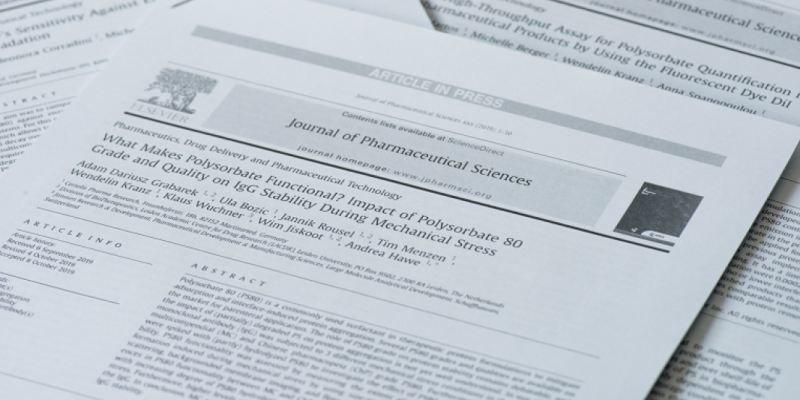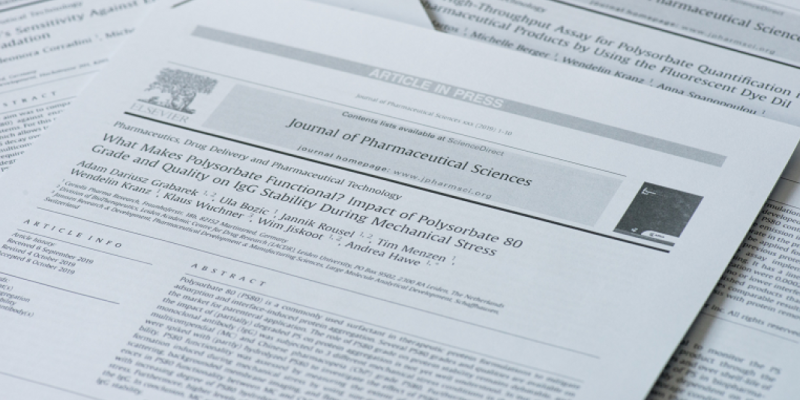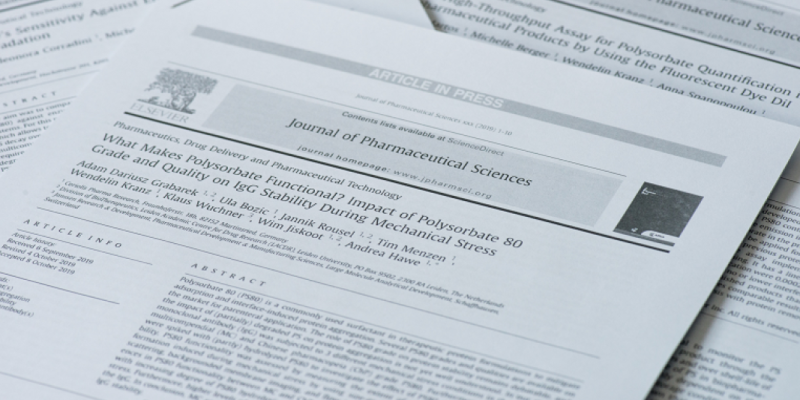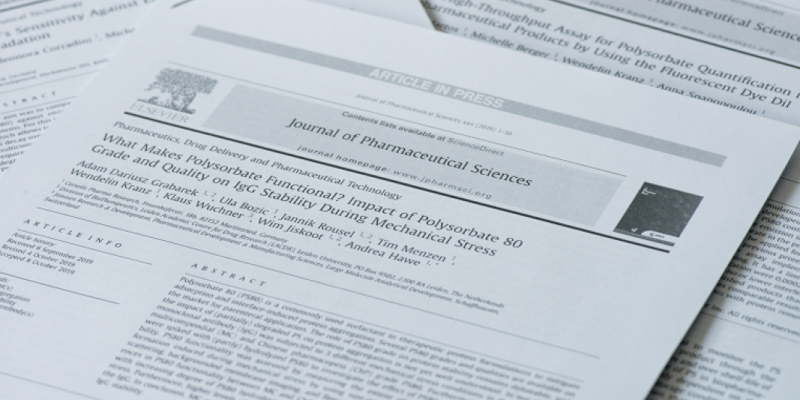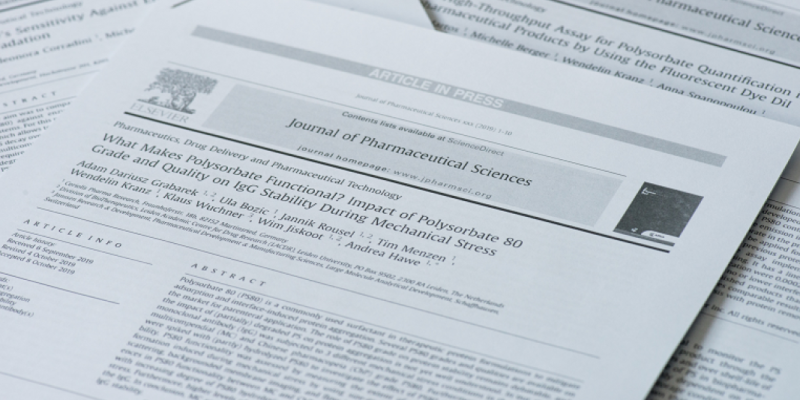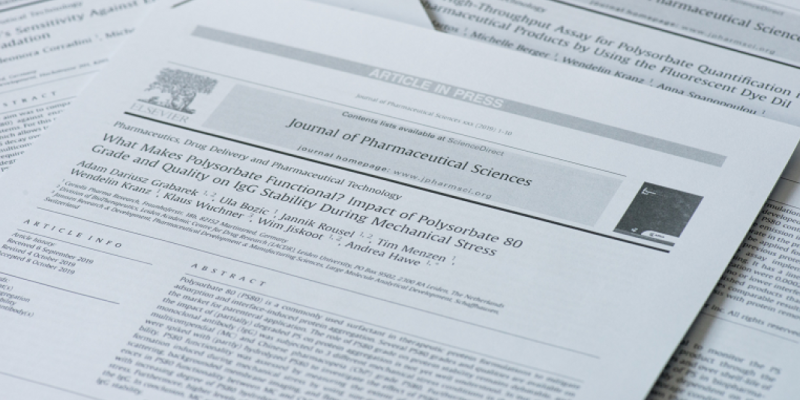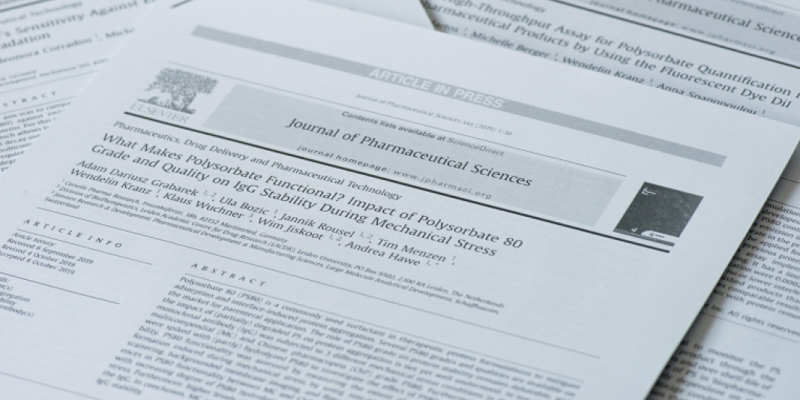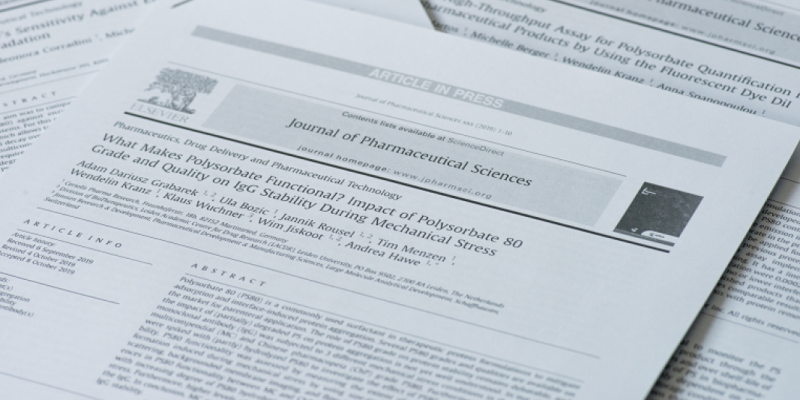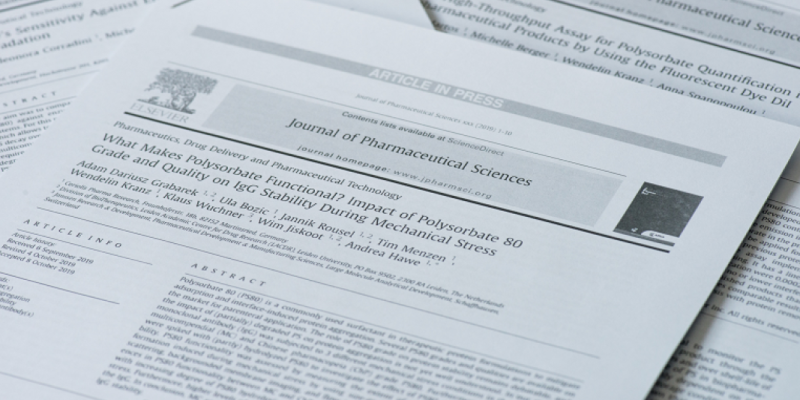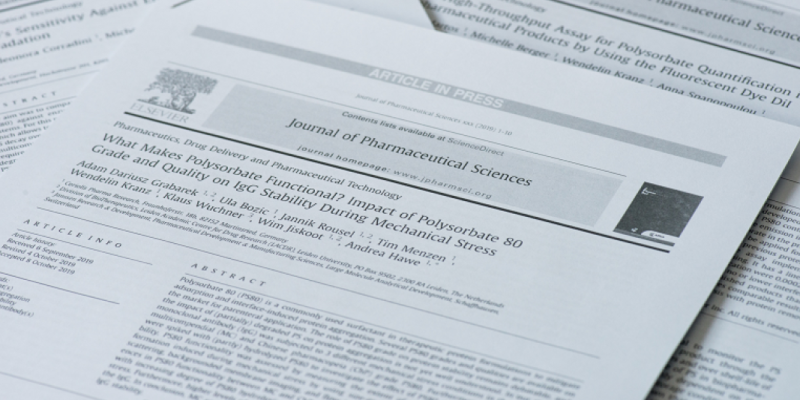Baculovirus-driven protein expression in insect cells: A benchmarking study
J Struct Biol. 2018 Aug
Baculovirus-insect cell expression system has become one of the most widely used eukaryotic expression systems for heterologous protein production in many laboratories. The availability of robust insect cell lines, serum-free media, a range of vectors and commercially-packaged kits have supported the demand for maximizing the exploitation of the baculovirus-insect cell expression system. Naturally, this resulted in varied strategies adopted by different laboratories to optimize protein production. Most laboratories have preference in using either the E. coli transposition-based recombination bacmid technology (e.g. Bac-to-Bac®) or homologous recombination transfection within insect cells (e.g. flashBAC™). Limited data is presented in the literature to benchmark the protocols used for these baculovirus vectors to facilitate the selection of a system for optimal production of target proteins. Taking advantage of the Protein Production and Purification Partnership in Europe (P4EU) scientific network, a benchmarking initiative was designed to compare the diverse protocols established in thirteen individual laboratories. This benchmarking initiative compared the expression of four selected intracellular proteins (mouse Dicer-2, 204 kDa; human ABL1 wildtype, 126 kDa; human FMRP, 68 kDa; viral vNS1-H1, 76 kDa). Here, we present the expression and purification results on these proteins and highlight the significant differences in expression yields obtained using different commercially-packaged baculovirus vectors. The highest expression level for difficult-to-express intracellular protein candidates were observed with the EmBacY baculovirus vector system.
J Struct Biol. 2018 Aug
https://www.sciencedirect.com/science/article/pii/S1047847718300662?via%3Dihub=

